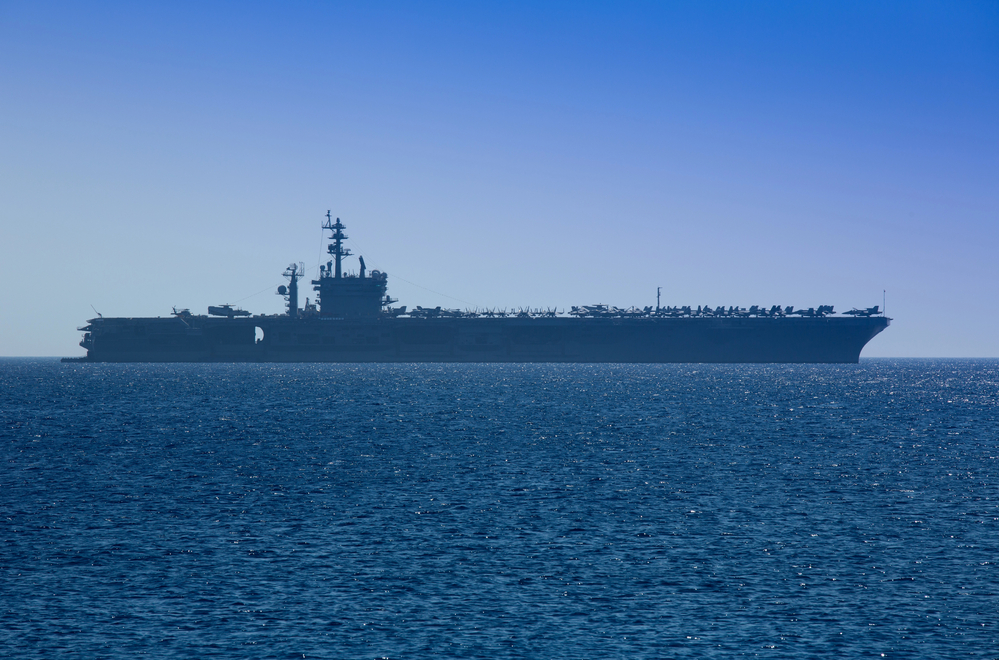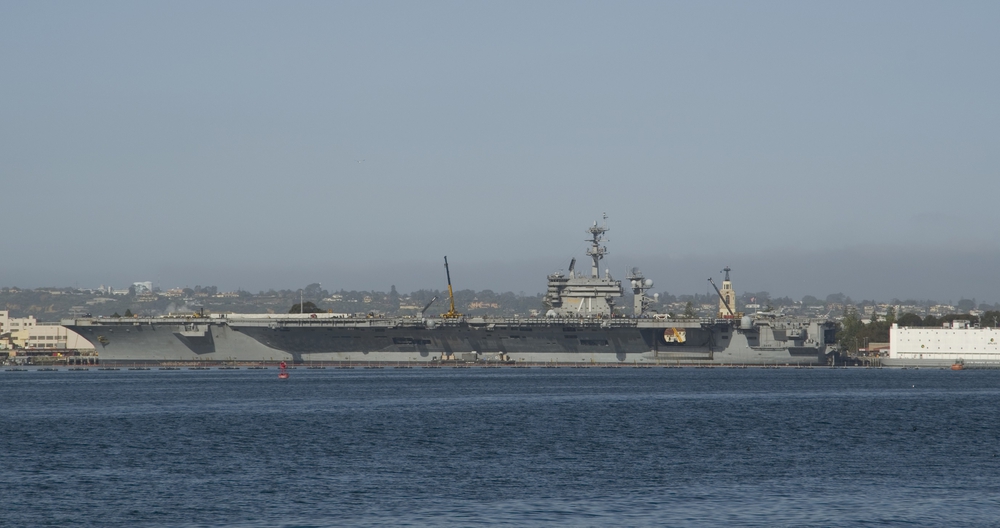
Despite ambitious modernization plans set to return Russia’s only aircraft carrier, the Admiral Kuznetsov, to operational status by 2024, the vessel remains plagued by persistent maintenance issues, accidents, and outdated technology. In a series of events that cast doubt over its future contributions to Russia’s naval power projection, the Kuznetsov has been beset by a problematic history and faces an uphill battle in becoming combat-effective.

The Kuznetsov’s operational delays are symptomatic of broader challenges faced by the Russian Navy amid ongoing international sanctions and the Ukraine conflict. The carrier, pulled in for repairs and an overhaul in 2017 to extend its service life by 10 to 15 years, has been under the knife for much longer than initially planned. The modernization process, according to the Russian state media TASS, “will take place no earlier than in 2024,” a timeline that seems increasingly optimistic given the carrier’s current state.

One major issue with the Kuznetsov is its reliance on Mazut fuel, an outdated petrochemical that has numerous drawbacks. Mazut is a Bunker B or C fuel known for its thick, black smoke emissions, a byproduct of its high sulfur content and low environmental compatibility. The heavy smoke not only poses a risk to sailor health but is also visually indicative of the carrier’s technological lag behind modern, nuclear-powered counterparts. The fuel’s low-quality nature and high maintenance demands have consistently hindered Kuznetsov’s operational readiness.

Admiral Kuznetsov’s mechanical woes are compounded by a history of fires, accidents, and even criminal cases of embezzlement. In 2019, a fire in its engine room claimed the lives of two workers, while a floating crane collided with the ship in 2018, resulting in one fatality and several injuries. December 2022 saw yet another fire on board, reinforcing concerns about the carrier’s cursed fate.

Moreover, the vessel’s dated STOBAR (Short Take-Off, Barrier Arrested Recovery) system limits its capability compared to CATOBAR (Catapult Assisted Take-Off Barrier Arrested Recovery) carriers like those in the U.S. Navy. The necessity of lighter aircraft due to a bow ramp launch system reduces firepower and patrol range, severely constraining Kuznetsov’s operational efficiency. It operates as a Short Take-Off, Barrier Arrested Recovery (STOBAR) carrier, utilizing a ski jump for launching fighter jets. This ski-jump, located at the carrier’s bow, aids aircraft in taking off. To facilitate the jets’ takeoff, the carrier must maintain a speed ranging from 20 to 30 nautical knots (37 to 55 miles per hour) to generate the required wind conditions.

In addition to the structural and mechanical challenges, the carrier faces a critical shortage of qualified personnel. Training a new crew of up to 1,500 sailors—a downsizing from the pre-refit crew of 1,900 due to automation—is a long and complex process. With the ongoing war in Ukraine, Russia faces a tug-of-war for manpower, as potential naval recruits are diverted to the frontlines. The requirement for specialized knowledge, particularly for the carrier’s propulsion system and intricate flight deck operations, further delays the Kuznetsov’s readiness.
related images you might be interested.










